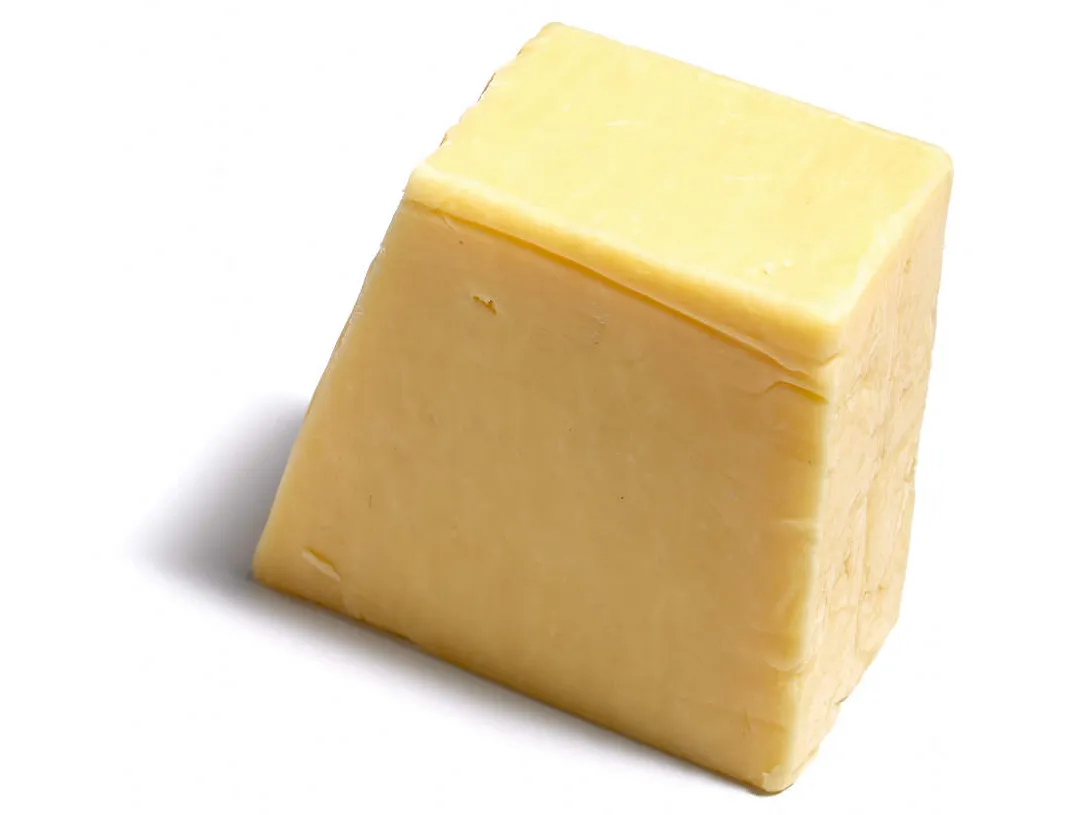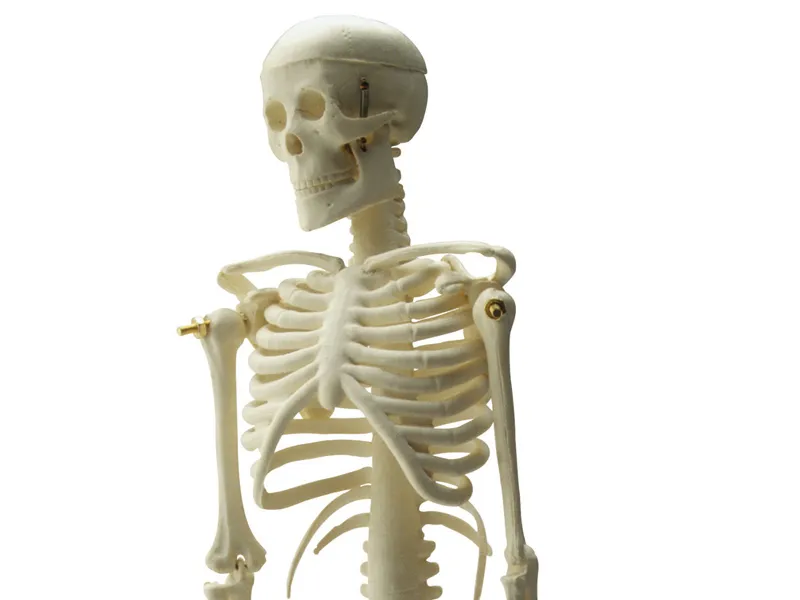The calcium content of your body can be likened to your bike. Consider your bike: you need a decent frame to carry your weight and not crumble under the forces generated by cycling, but you also need the link pins in your chain – that tiny percentage of the whole – to enable your energy to drive the whole machine forward.
A woman’s body contains at least 1kg of calcium and a man’s up to 1.5kg, most of which – 99 per cent – is combined with phosphate to form a mineral matrix which gives strength and rigidity to your skeleton.
That’s why calcium is most commonly associated with healthy bones. However the remaining one per cent, which is present as free calcium ions or bound-to-protein molecules, is just as important.
Flicking your switch
Calcium in soft tissues – that one per cent – has several functions. It’s impossible to overstate its importance in controlling energy metabolism and as part of the basic functioning of nerves and muscles.
Every time you set off on your bike, these three areas kick into action. If they are working well, you are working well.
Nature has selected calcium for these processes because the free ion is able to bind strongly to proteins and then ‘let go’. This happens in the blink of an eye but means calcium is functioning as a type of chemical ‘switch’ to turn various pathways of metabolism on and off.
Muscles create a force when they contract – it is this force which allows your quadriceps to push down hard on the pedals, or the muscles in your fingers to grip the brakes – and calcium is needed to switch muscles on and off.
Without calcium, muscles cannot contract. Without calcium, nerves cannot function. Throughout the network of nerve fibres in your body, there are millions of nerve junctions.
The nerve signal is passed across these via neurotransmitter chemicals such as acetylcholine, serotonin and norepinephrine. These are released under the control of calcium. In fact all cells need calcium to function because it regulates the movement of other nutrients in and out of the cells.
For all of these reasons, you can see that calcium forms a vital cornerstone in the control of muscle and nerve function.
If that wasn’t enough, calcium is also involved in the process of blood clotting. If you fall off your bike and cut your skin, the fact that you don’t bleed to death is down to the role of calcium. It is needed to convert the protein fibrinogen (which circulates in your blood) into fibrin which forms the basis of a blood clot and plugs the wound.
Bone store
With such vital functions, it is not surprising that the calcium found in your bones acts as a store. You may think of bone as a dry, dead material, but it is very much a living, dynamic enough calcium every day to top up your bone store as well as maintaining your soft tissue levels.
Most adults, both men and women, need about 800mg per day, of which only about 40 per cent is absorbed, and several factors such as stress and heavy exercise can increase your need still further.
Too much protein in your diet can also lead to a loss of calcium; if you eat a lot of protein (about 120g per day) then your kidneys will need to excrete the excess nitrogen associated with this, and that’s a process for which calcium is needed.
And the consequences of not having enough calcium? The loss of calcium or low intake has been linked with high blood pressure, muscle cramps and tremors. To make sure structure.
Calcium is continually being taken out of, and deposited back into, your skeleton, so much so that you completely renew your bone structure, in terms of its calcium content, every seven years.
It is therefore important to eat that you consume enough calcium, include these rich sources in your diet: cheese, yogurt, milk, green vegetables and unsalted nuts. Canned fish, such as sardines and salmon, are only a rich source of calcium if you eat the bones as well.
Sources of calcium mg per 100g of food
Parmesan cheese 1200
Gruyere cheese 950
Cheddar cheese 720
Tofu, steamed 510
Sardines, canned 500
Almonds, shelled 250
Figs, ready to eat 230
Low fat natural yogurt 190
Brazil nuts, shelled 170
Spinach, fresh leaves 140
Kale, steamed 140
Semi-skimmed milk 120
Skimmed milk 100

